13 Design Principles - Fundamental Values that Help You Achieve Better Results
Jan 05, 2023 | By Shreya Srivastava
13 Design Principles - Fundamental Values that Help You Achieve Better Results
What do you pay attention to when you see any design? Do you focus on its colour palettes or emphasize the design pattern? But have you ever thought about what goes behind bars? Well, every design consists of some basic elements and follows a journey path to convey some message. The Path of “Principles of Design”: the foundational rules that work beneath the surface to keep the design solid and balanced. Ultimately the goal of each design is to engage with its viewers, and probably you don’t want to risk missing these principles of design to create a masterpiece.
So, in this article, we will briefly understand the 13 Principles of Design and explain why it’s important for design and users. The main aim is to provide you with practicable suggestions and develop an eye for improving the performance of the design.
What are Principles of Design?
The Principles of Design is the set of concepts that form the foundation of any good product. The main purpose of these factors is to guide the designer team to employ the aspects of design elements in their creation and make the best judgments possible. These principles of design are not limited to image creation but can be utilized while designing UI /UX, web designing, graphic designing or any sort of designing work.
Why are Principles of Design Important?
The Principles of Design consist of varied compositions to make the image appear exotic. When one or more principles are combined in the right proportion, it can garner a positive response from the user. The structure of our designs is determined by how we put objects on the page, which in return influences overall readability and decides how well our design communicates the desired message. These design principles govern the placement and structure.
In short, the foundational theories that make a piece of visual artwork appealing are sketched out in these design principles. And one interesting fact about these principles is that they are not readily noticed yet most important for impressive design.
13 Key Elements and Principles of Design
Balance
Each element in the design holds some weightage, and obviously, we would avoid crowding a particular space with all the elements. Therefore here comes the principle of Balance which is the even distribution of elements throughout the design. But don’t get confused with the fact that you need to use the same size for all elements. No!! That’s not the case. The Principle of Design defines balance in two ways:
- Symmetrical Balance – elements are similar on both sides of the design.
- Asymmetrical Balance– elements are different but still balanced and stable on both sides of the design.
- Radial Balance– similarity around the central point.
Contrast
Contrast means something opposite in nature. With the help of contrast, designers try to bind two opposite things together in a cohesive manner to draw the crux of the message and add significance to it. Some common examples of contrast are black and white, traditional and modern, lean and bold. No matter what strategy you choose to apply this design principle’s basic aim of emphasizing, the element will remain the same.
Space
In Design, space is a perilous zone, and professional designers know how to utilize this space. And giving design proper space to breathe can transform it into a masterpiece.
- Positive Space – The space occupied by the object and important elements.
- Negative Space – The space between the objects, commonly referred to as white space.
Alignment
I am pretty sure everybody must have heard the word alignment in their lives, but what value does it create in design or art? Let’s understand that. Alignment or arrangement in design principle is a correlative position of objects with one another. It ensures that various elements have a desirable link with one another to create a synchronized appearance.
Hierarchy
This principle of design play a major role when there are multiple visual elements in a sketch and make sure that there is a need to give extra detail of attention to an important message or element of the design. A designer can accomplish this in myriad forms, for example, by making fonts size larger or using some shape to highlight the important part.
Pattern
Human nature to detect patterns is well known and using this trick; patterns are created in design to attract attention. The repetition of an object throughout the composition creates patterns. It can be utilised to achieve a sense of harmony, uniformly organise surfaces, or generate contrast.
Repetition
It resonated with pattern and established consistency which hooks the overall design together and makes it more meaningful. The objective of this design principle is to make the presence of your brand in people’s minds. If you want to make your design predictable, then use this design principle, which aims to strengthen and unify the design.
Proportion
The number of elements used in proportionate with each other contributes to the proportion factor of design principles. Take it this way when making a penne pasta; the amount of sauce used is proportionate to the amount of penne (pasta) to make the pasta delicious is the importance of proportion. Similarly, in design, elements should be used proportionately to create an appealing look.
Rhythm
What comes to your mind when you see or hear the word Rhythm? Let us see what meaning it hold in design? Rhythm is recognized as a strong, regular repeated pattern or element to create a sense of coordinated movement. It is the same as the music you hear or dance you do. The five different types of rhythm are as follows –
- Regular – no variation and follow same spacing system among the elements
- Random – have no visible pattern
- Progressive – Changes added with the previous iteration
- Flowing – curve and bends creating motion look
- Alternating – set of elements that repeat with some variation
Variety
The integration of the different facets of design to leverage the viewer’s attention to walk them through the art is regarded as variety. Color, typography, images, forms, and nearly any other design element can all be used to generate variety. But it should be remembered that variety should not be forced into the design; it should create harmony among each other to create a pleasing and aesthetical design.
Unity
The consonance of what we say compatibility between pieces of art creating a sense of completion is what attributes to unity. Unity also ensures that concepts be delivered clearly and consistently. Compared to designs with poor unity, designs with good unity appear to be more organized, high-quality, and authoritative.
Conclusion
Involving all these elements together help in creating a beautiful design; for example, variety is necessary to keep rhythm lively and exciting. Similarly, emphasis is achieved by following the movement. Repetition of patterns causes synchronized alignments of symbols. Balance and proportion lead to the completeness of the design or art, or what we say a complete unit of design. Apart from this, it is also necessary to keep one eye on the user and create according to them.
Before you jump out of this page, I have a question for you; what do you think is the common thread that runs through all of these principles? It’s the designer approach to the particular design. Identifying these essential design principles is the first step in establishing a visual sense. Asking questions like what makes your user engage with design? What is the unique element of the design? What is wrong with this particular design? Try to find the answer to these questions, and soon you will sail towards the innovative designs that drive results.
More blogs from us

Game-Changing Food Branding Projects Shaping the Future of Food & Beverage industry in 2024
Nov 04, 2024 | by Krishna Sathe
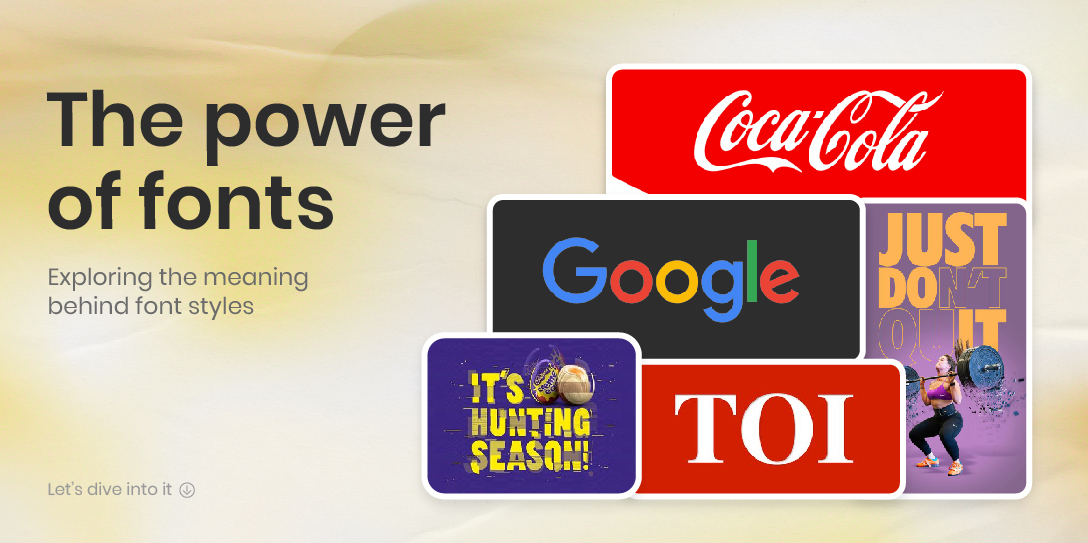
The Power of Fonts: Exploring the Meaning Behind Font Styles
Jul 17, 2023 | by Sudarshona

Stay in Motion: Brands Nailing the Animation Game
Jul 03, 2023 | by Rahul Dhingra

Rebranding for the Win: Strategies to Stay Ahead in a Competitive Market
Jun 25, 2023 | by Rahul Dhingra

Artificial Intelligence in 2023: A Threat or an Opportunity?
Jun 09, 2023 | by Rahul Dhingra

Is Personalisation the ticket to Brand Success?
Jun 02, 2023 | by Rahul Dhingra

Branding Beyond Words - The most effective visual branding techniques
May 26, 2023 | by Rahul Dhingra
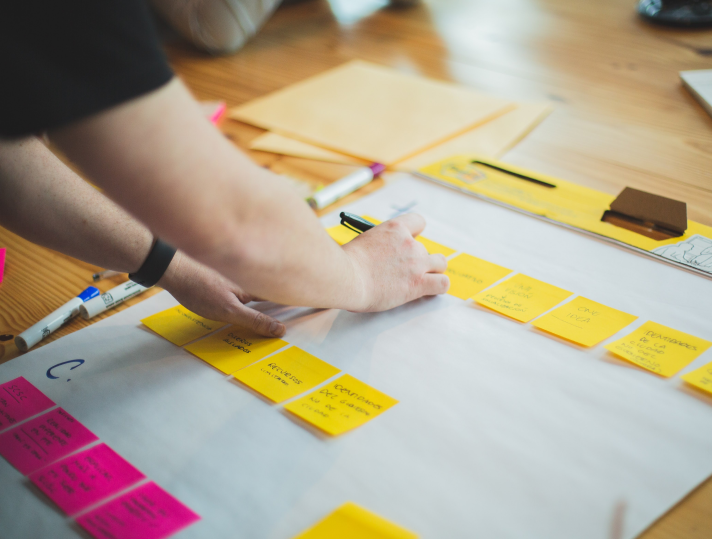
The Future of UX Design
Jan 03, 2023 | by Shreya Srivastava
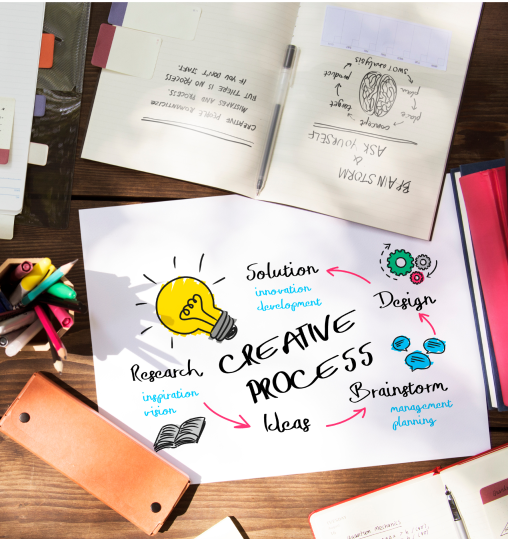
What is Branding Agency and Why Branding Services is Important
Jan 03, 2023 | by Shreya Srivastava

7 Website KPIs To Help Your Business Grow
Jan 03, 2023 | by Aishna Pathak

Digital Marketing Agency in Pune
Jan 03, 2023 | by Shreya Srivastava

13 Design Principles - Fundamental Values that Help You Achieve Better Results
Jan 03, 2023 | by Shreya Srivastava

The Ultimate Guide to Instagram Influencer Marketing
Jan 03, 2023 | by Aishna Pathak

How to Write a Blog-Post: A Step by Step Guide
Jan 03, 2023 | by Aishna Pathak

Effective SEO strategy for brands in 2020
Nov 25, 2022 | by Aishna Pathak

How to target the right market?
Nov 24, 2022 | by Shreya Srivastava

The Ultimate Guide to Digital Marketing Career in India
Aug 24, 2022 | by Aishna Pathak
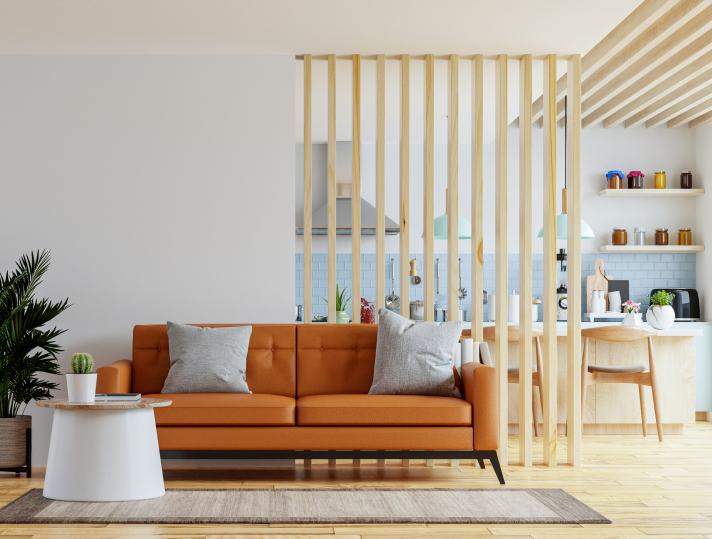
Best Modern Interior Designing Ideas Plus Tips On How To Accessorize
Aug 21, 2022 | by Shreya Srivastava

3 major reasons why blogging is good for your business
Aug 20, 2022 | by Aishna Pathak

Packaging- A Brand's Effective Marketing Tool
Aug 20, 2022 | by Aishna Pathak

What is Design System? Definition, Purpose, Benefits Explained
Aug 15, 2022 | by Aishna Pathak
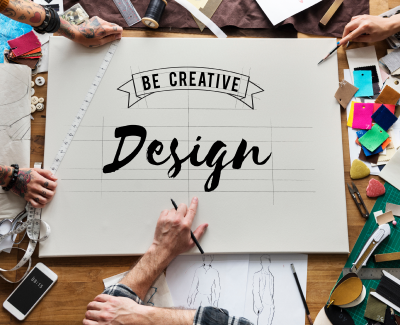
The best creative design trends for 2020
Aug 15, 2022 | by Aishna Pathak
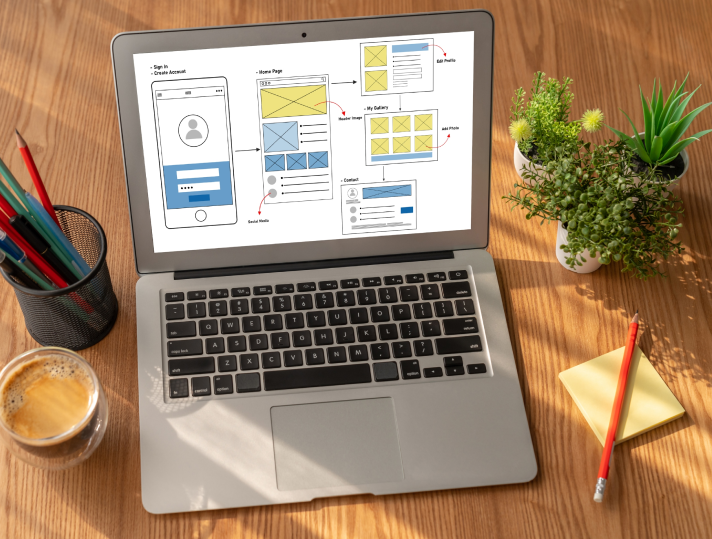
Website Builder v/s Web designer: What’s the best way to get a website?
Aug 14, 2022 | by Aishna Pathak

Brands that must begin implementing Digital Marketing
Aug 14, 2022 | by Aishna Pathak

History of Advertising in India- The Design Trip
Jul 30, 2021 | by Aishna Pathak
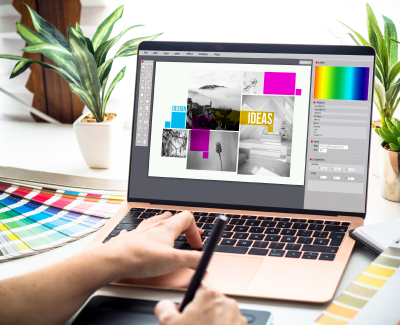
What is Visual Design And Why It is Important
Jun 12, 2021 | by Aishna Pathak
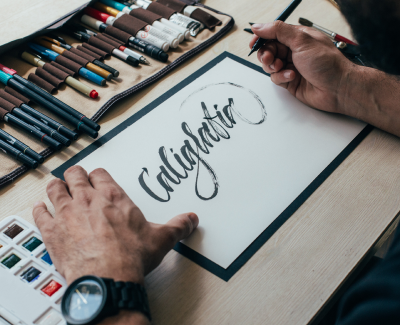
A Comprehensive guide to typography for Beginners
Jun 02, 2021 | by Aishna Pathak

Business Survival Strategy in Crisis through Online advertising
May 12, 2021 | by Aishna Pathak

30 Top Creative Logos of All time
May 02, 2021 | by Shreya Srivastava

Useful Chrome Extensions for Designers
Mar 20, 2021 | by Aishna Pathak

How To Hashtag Right On Instagram
Feb 02, 2021 | by Aishna Pathak

Steps to Follow Before Launching Any Product
Jan 21, 2021 | by Aishna Pathak

How Creative Digital Agency Services can Benefit your Business?
Dec 24, 2020 | by Aishna Pathak
Top 12 Web Designing and Digital Marketing companies in India
Jul 29, 2020 | by Aishna Pathak

Top 5 UI Design Agencies in India
Jul 29, 2020 | by Aishna Pathak

Role of User Experience (UX) Design in any Business
Jul 29, 2020 | by Aishna Pathak
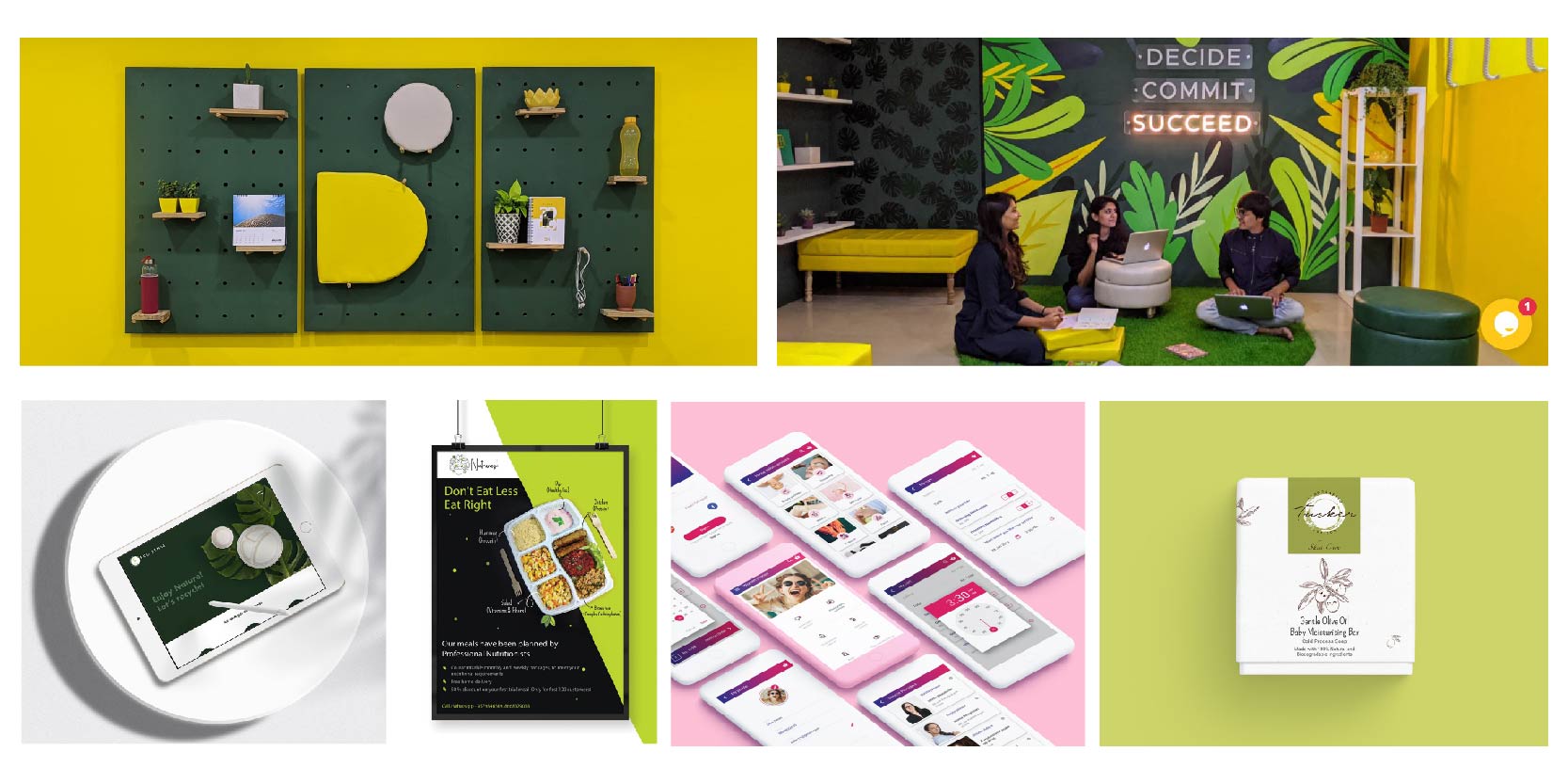
13 Most Creative Design Agency Profiles on Behance
Jul 07, 2020 | by Aishna Pathak

Resources A Beginner should know before Learning UX Design
Jul 07, 2020 | by Aishna Pathak

Top 10 online platforms to learn UI/UX design
Jul 07, 2020 | by Aishna Pathak

Why do small details matter in UI?
Jul 07, 2020 | by Aishna Pathak

10 best remote work tips for Design teams in 2020
Jul 07, 2020 | by Aishna Pathak

Critical points in your design portfolio
Feb 25, 2020 | by Aishna Pathak

5 Things To Know About Social Media To Grow Your Business
Sep 30, 2019 | by Niddhi Bhangdia

Factors that have a strong impact in Building a Brand
Sep 16, 2019 | by Aishna Pathak

Importance of Consistency In Graphic Design For Business
Sep 10, 2019 | by Niddhi Bhangdia
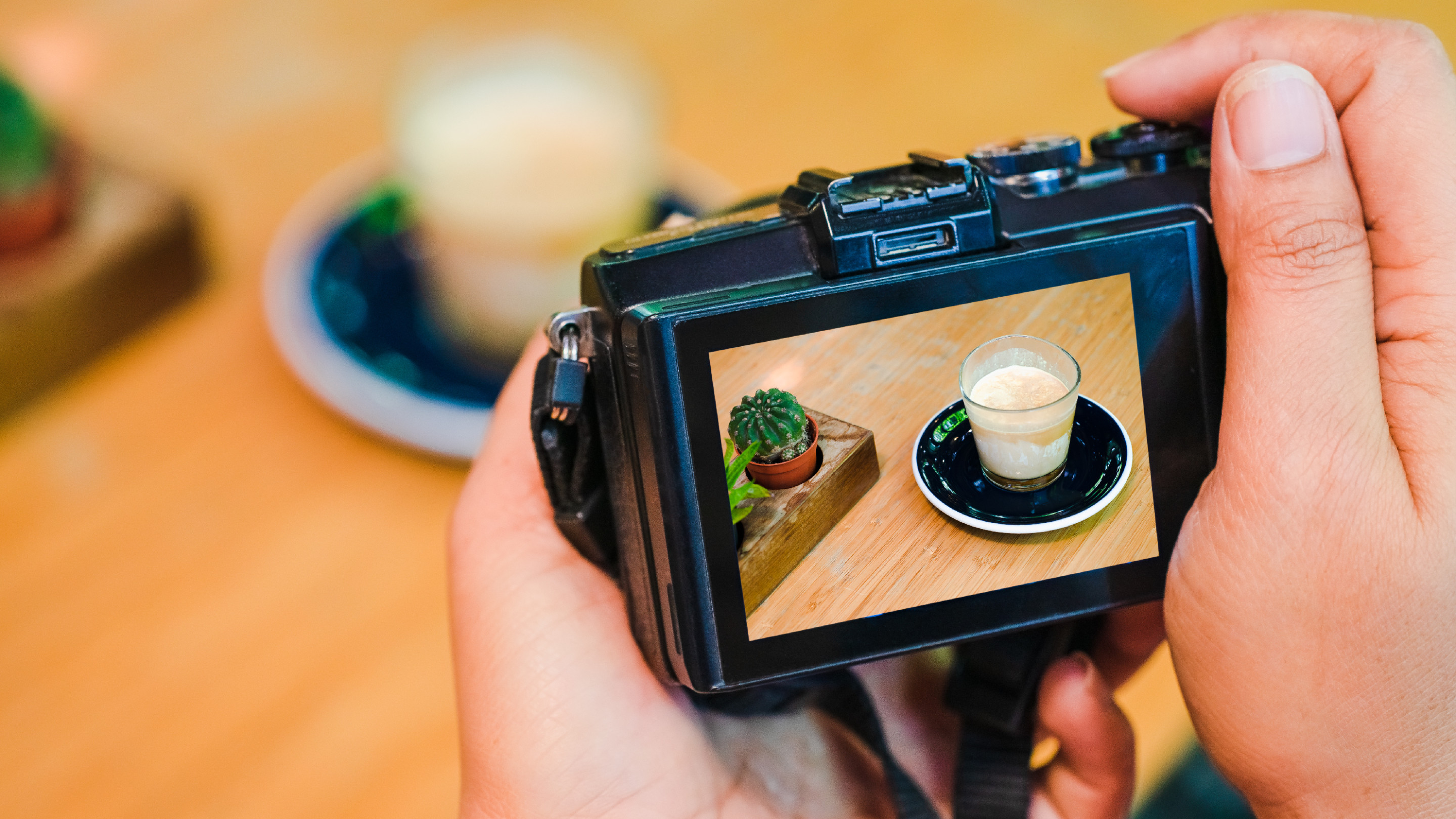
The Ultimate Guide to Product Photography
Sep 05, 2019 | by Aishna Pathak

Importance Of Growth Hacking In Startups
Sep 03, 2019 | by Aishna Pathak

How To Design A Perfect Landing Page?
Jul 26, 2019 | by Niddhi Bhangdia

Google Introduces Mobile First Indexing
Jul 22, 2019 | by Niddhi Bhangdia

How Design & Advertising plays a Role in Setting up Cafe/Restaurant
Jun 04, 2019 | by Aishna Pathak
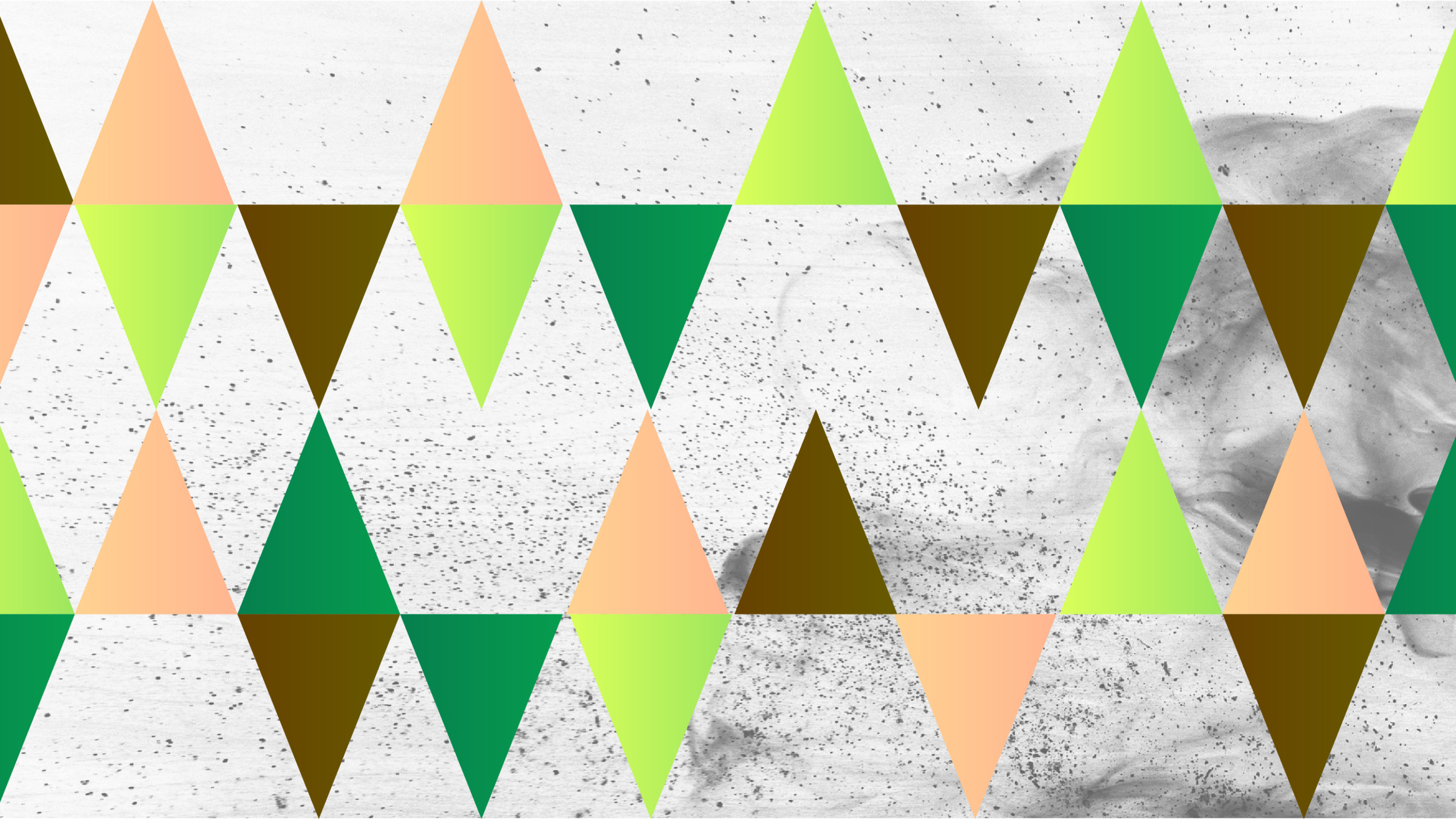
Upcoming design trends in 2020
May 31, 2019 | by Aishna Pathak

Digital Marketing And The Lok Sabha Elections: How It Affected The Outcome?
May 23, 2019 | by Aishna Pathak

How To Optimize Your Facebook Ads for Maximum Results?
May 09, 2019 | by Niddhi Bhangdia

How To Evaluate Your Branding Strategy
May 02, 2019 | by Aishna Pathak

7 Top Tips For Running An International Business
May 01, 2019 | by Aishna Pathak

Why Do You Need Social Media For Business?
Apr 29, 2019 | by Niddhi Bhangdia
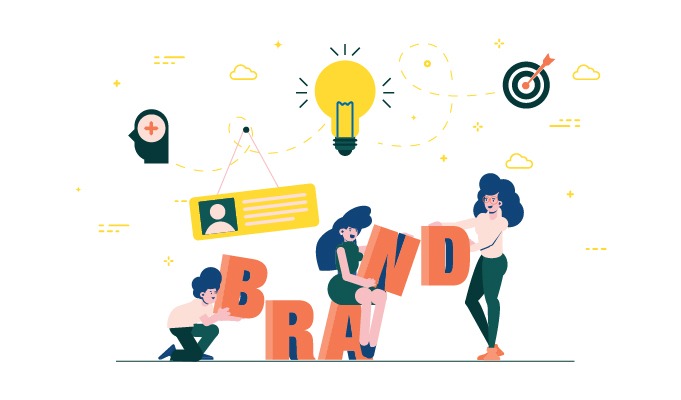
Four Ways To Integrate Your Brand into Business
Apr 26, 2019 | by Aishna Pathak

Why Design And Marketing Should Work Together For Better Results?
Apr 22, 2019 | by Niddhi Bhangdia

Which Are The Qualities You Should Look For In A Graphic Designer?
Apr 18, 2019 | by Aishna Pathak

9 Factors To Consider for Designing a Great Logo
Apr 11, 2019 | by Aishna Pathak

When Is The Right Time To Re-brand Your Business?
Apr 09, 2019 | by Aishna Pathak

7 Easy Steps To Give Your Personal Brand a Makeover
Apr 05, 2019 | by Aishna Pathak

Top Tips For A Good Brand Building Process
Apr 03, 2019 | by Aishna Pathak

Boost Your Email Leads via Social Media
Apr 02, 2019 | by Aishna Pathak

Why Does Your Business Need a Social Media Manager?
Mar 28, 2019 | by Niddhi Bhangdia

Importance Of Branding for Your Business Explained
Mar 22, 2019 | by Aishna Pathak

Which is best: Traditional Websites Vs Marketable Websites
Mar 19, 2019 | by Aishna Pathak

Signs You Need a New Website
Mar 14, 2019 | by Aishna Pathak

Role of Creativity in UX Designing
Mar 12, 2019 | by Aishna Pathak

Why Security In E-commerce Matters?
Mar 06, 2019 | by Aishna Pathak

Top Mobile Travel Trends For The Year 2019
Mar 04, 2019 | by Aishna Pathak

What Is Ethical Branding And Why Is It Important?
Feb 28, 2019 | by Aishna Pathak
What Are Some Of The Most Effective Brand Management Techniques?
Feb 20, 2019 | by Aishna Pathak

Why to Use Infographics for Content Marketing?
Feb 18, 2019 | by Aishna Pathak

Importance of Blogging in Building a Brand
Feb 14, 2019 | by Niddhi Bhangdia
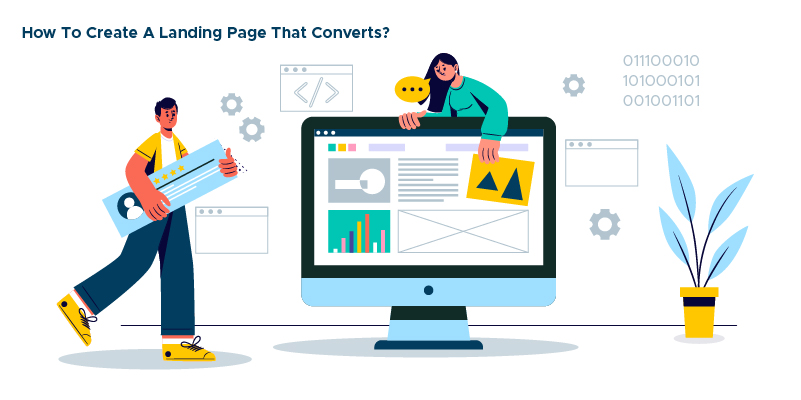
How To Create A Landing Page That Converts?
Feb 05, 2019 | by Aishna Pathak

How To Post Right on Instagram?
Jan 31, 2019 | by Aishna Pathak

Top Skills Every Content Writer Should Know
Jan 11, 2019 | by Aishna Pathak

The Best Free Fonts To Use For Every Designer
Jan 07, 2019 | by Aishna Pathak

Top Digital Advertising Trends of 2020
Jan 02, 2019 | by Aishna Pathak

The Must Follow Product Photography Tips To Make you look lika a Pro
Jan 01, 2019 | by Aishna Pathak
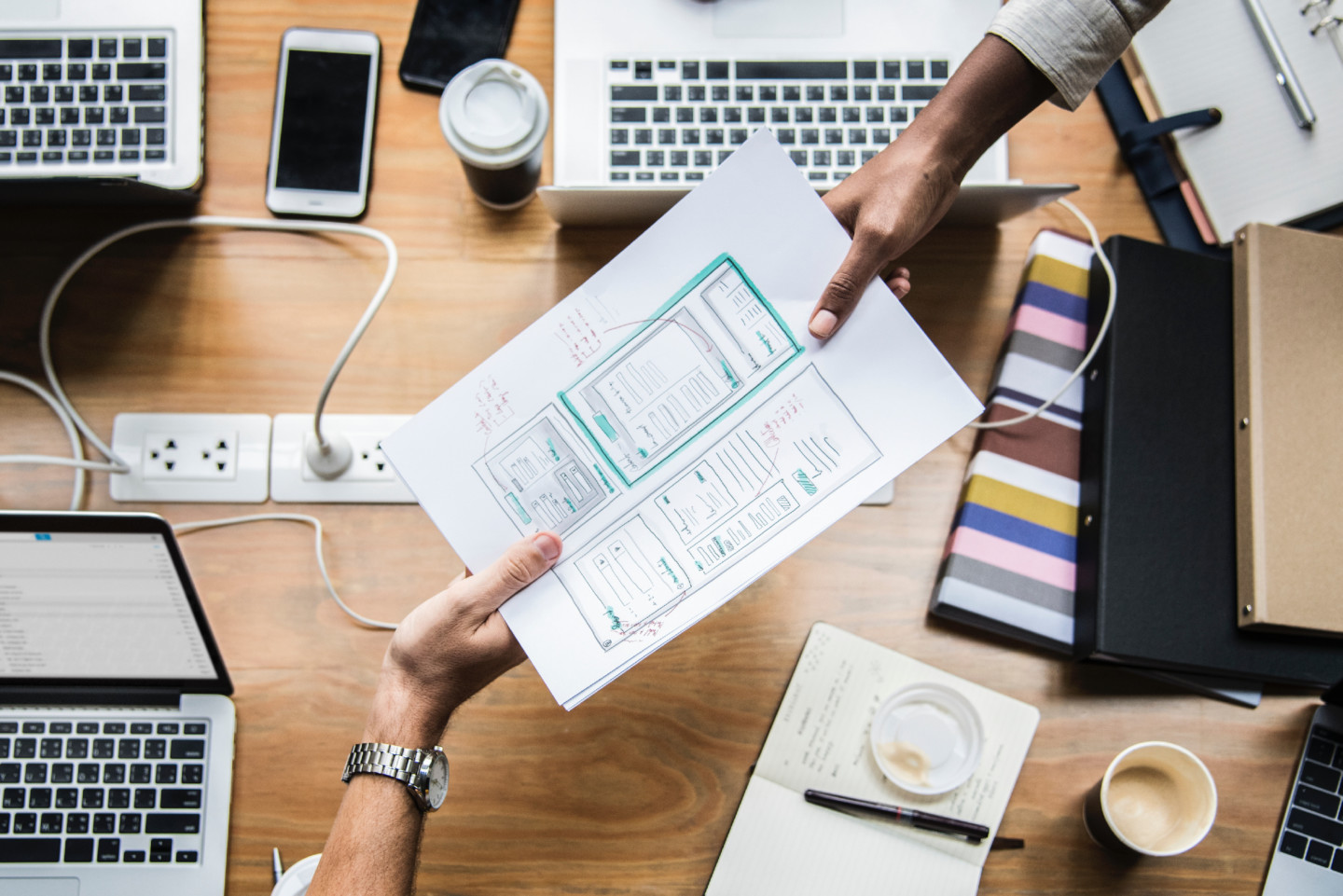
The Most Common Misconceptions About UX Design
Dec 27, 2018 | by Aishna Pathak

How To Create An Effective Social Media Strategy?
Dec 01, 2018 | by Aishna Pathak


